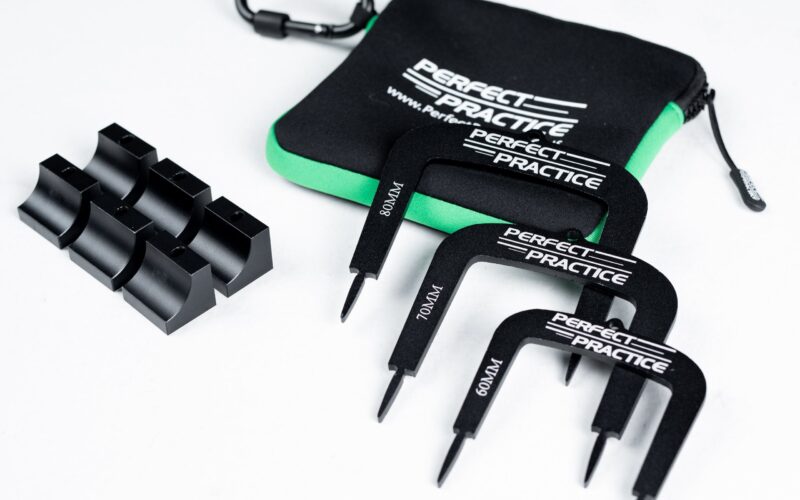There’s a big debate over being steep vs. shallow in the short game. What’s best for the average player? I tried to find out. The post As an average player, is steep or shallow better? I did a deep-dive to find out appeared first on Golf. There’s a big debate over being steep vs. shallow…
2 smart ways to dial in your putting stroke during practice

In today’s edition of Play Smart, we look at how PGA Tour pros dial in their putting strokes when practicing.
The post 2 smart ways to dial in your putting stroke during practice appeared first on Golf.
In today’s edition of Play Smart, we look at how PGA Tour pros dial in their putting strokes when practicing.
The post 2 smart ways to dial in your putting stroke during practice appeared first on Golf.
Welcome to Play Smart, a regular GOLF.com game-improvement column that will help you play smarter, better golf.
PACIFIC PALISADES, Calif. — Mondays at PGA Tour events are the slowest days of the week. There are few — if any — fans on site, and the players have the course mostly to themselves. In fact, some players don’t even bother coming to the course on Mondays, instead opting to use it as a rest day.
Such was the case Monday at Riviera Country Club ahead of the Genesis Invitational. With the course hosting a Collegiate Showcase, and a long week ahead, attendance was sparse at the practice facilities ahead of the latest Signature Event. For those who did show up, there was plenty of space to operate.
These days might not be the most exciting for average fans, but if you’re an instruction nerd, there’s plenty to learn. All you have to know is what to look for.
The putting green is an excellent spot to learn a little bit about how pros practice — and get a feel for how you can implement it into your own routine, too.
2 smart ways to practice your stroke
Sepp Straka arrived at the putting green in the shadows of Riv’s stately clubhouse shortly before lunch, and the way he started his practice routine is constructive for any golfer looking to hone their stroke.
1. Establish your line
The first thing Straka did upon stepping on the putting green was find a short putt with minimal break. After finding a putt he liked, he stopped and drew a straight line about a foot in front of his ball. This established the start line and gave him an external indicator that showed if he was hitting his start line on each putt.
2. Make a gate
After establishing his start line, Straka and his coach placed tees in the ground for the putterhead to swing through. With a tee on either side of his clubhead, Straka created a gate to swing through on each putt. He also placed a tee in front of the inside tee, and one behind the outside tee to help him visualize the right path for his stroke.
Pros almost always start their practice putting routines with this some variation of this setup. They’ll always start by checking their start line and then make sure their stroke is on their intended path.
The next time you head to the practice green to roll some putts, you’d be wise to start this way, too. If your path or start line are off, your practice time won’t be nearly as effective.
Perfect Putting Gates
$54.99
Small Gate is 60mm: gap of less than 1 and 1/2 golf balls.
Medium Gate is 70mm: gap of 1 and 3/4 golf balls.
Large Gate is 80mm: gap of 2 golf balls
View Product
The post 2 smart ways to dial in your putting stroke during practice appeared first on Golf.

